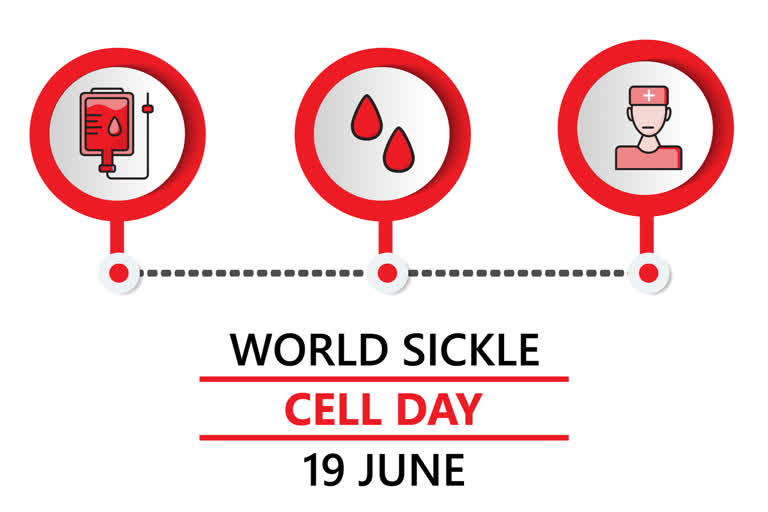Every year on 19th June, World Sickle Cell day is observed to raise awareness about sickle cell disease, first recognized by the United Nations in December 2008. The World Health Organisation states, “Each year about 300 000 infants are born with major hemoglobin disorders, and nearly 100 million people are affected by the sickle-cell disease”. Sickle cell disease is an inherited blood disorder that affects red blood cells. The Sickle Cell Society explains, “Sickle cell disorders cause your normally round and flexible blood cells to become stiff and sickle-shaped, stopping the blood cells, and the oxygen they carry, from being able to move freely around the body and causing pain. This can cause episodes of severe pain. These painful episodes are referred to as sickle cell crisis. They are treated with strong painkillers to control the pain”.
Health Risks
People with this disease may often face adversities in other health problems. According to the Sickle Cell Society, “People with sickle cell are also at risk of complications of a stroke, acute chest syndrome, blindness, bone damage and priapism (a persistent, painful erection of the penis). Over time, people with sickle cell can experience damage to organs such as the liver, kidney, lungs, heart, and spleen. Death can also result from complications of the disorder,”.
Here are some symptoms often observed in a patient:
- Chronic Anaemia
- Unpredictable pain (crisis)
- Swelling in hands and feet
- Easy and excessive fatigue
- Tiredness, weakness
- Jaundice
- Vision problems
- Frequent infections
- Delayed growth or puberty
Did you know?
- The disease is hereditary and not contagious
- The disease can be prevented in babies by pre-marital screening
- It is named after the farming tool sickle because the cells happen to look like the C-shaped tool.
- There are certain ways through which this disease can be managed and prevented or the symptoms can be treated:
- Antibiotics
- Blood transfusions
- Painkillers
- Immunizations
- Hydroxycarbamide
- Re-hydration with intravenous fluids
Therefore, although this disease is a little hard to deal with, if recognized early, the person may not face as many health adversities. Not only clinical help but home care like using heating pads for pain, being well hydrated, following a proper diet with the inclusion of fruits, vegetables, and whole wheat grains, exercising, etc can be helpful. It is also recommended that one should consult a doctor before trying to conceive to understand the risk of this disease. Also, amidst this COVID-19 pandemic, it is advised to all the patients to take proper care and shielding measures.



